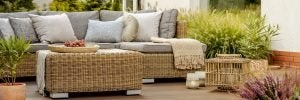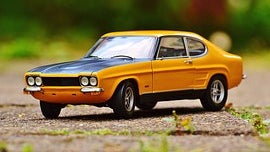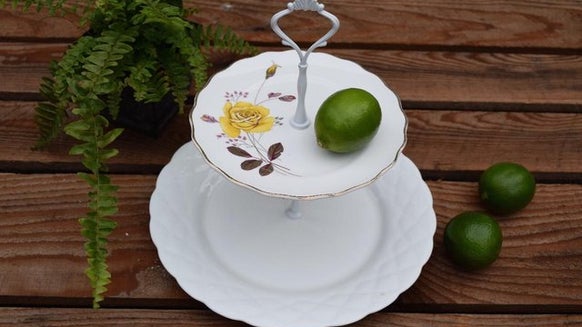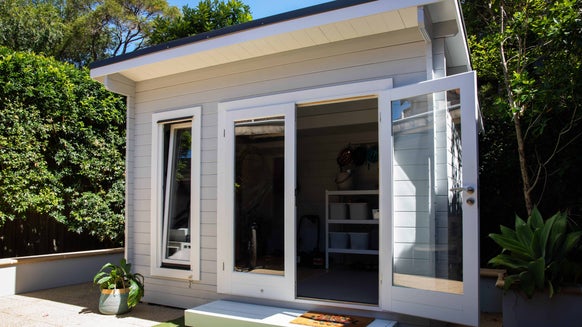How to Care for Garden Furniture
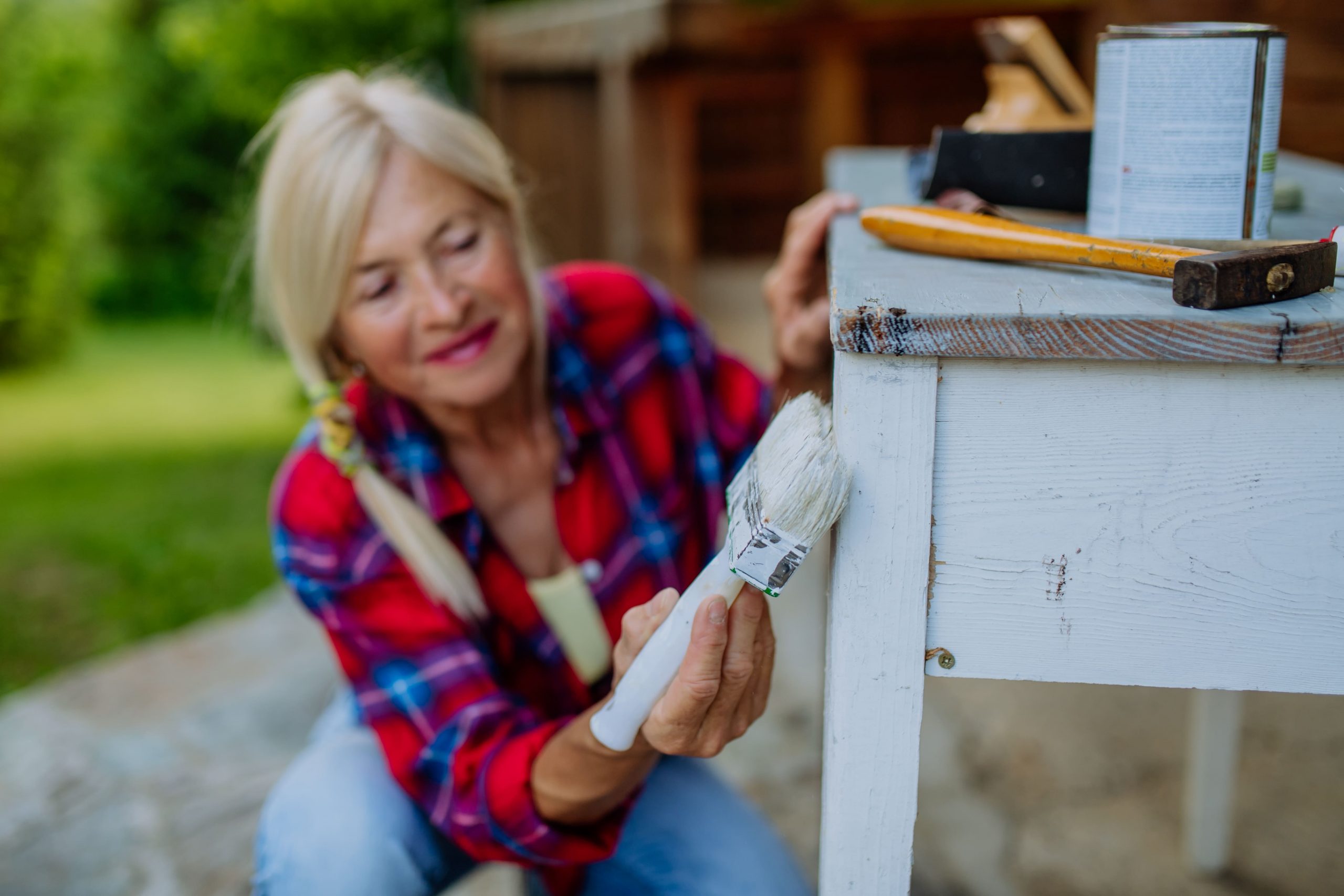
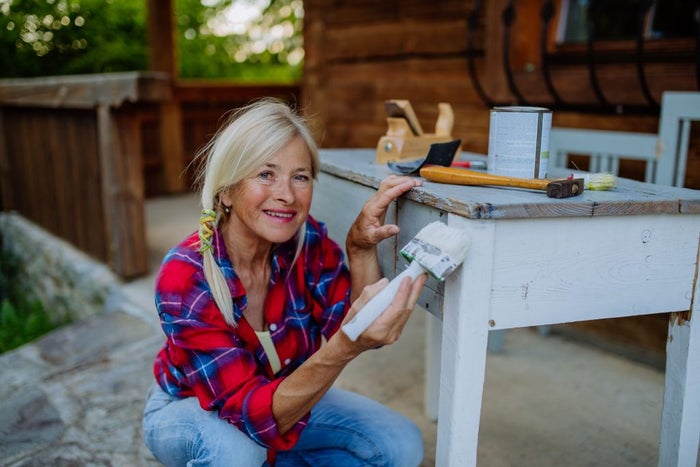
How to Clean Outdoor Furniture?
Cleaning garden table and chairs depends on the material it's made of. Here are some general tips for common types:
- Use a mild detergent mixed with warm water & a soft brush or sponge to scrub the surface.
- Rinse thoroughly with water to remove any soap residue.
- For tough stains, you can use a mixture of water and white vinegar or baking soda.
- Avoid using abrasive cleaners or tools that could scratch the surface.
- Mix mild detergent with warm water and use a soft brush or sponge to clean the surface.
- Rinse well with water.
- Remove rust spots with a mixture of equal parts water and white vinegar or a rust remover product.
- Apply a coat of automotive wax to protect the metal from corrosion.
- Use a mixture of mild soap and water to clean wooden furniture.
- Scrub gently with a soft brush or sponge, following the grain of the wood.
- Rinse thoroughly and allow the furniture to dry completely.
- Apply a coat of wood sealant or preservative to protect the wood from moisture and sun damage.
- Vacuum the furniture to remove any loose dirt or debris.
- Mix mild detergent with warm water and use a soft brush to clean between the weave.
- Rinse well with water and allow to air dry.
- To prevent mildew, you can spray the furniture with a mixture of water and white vinegar.
- Check the care instructions for your fabric and follow them carefully.
- For removable fabric covers, machine wash according to the manufacturer's instructions.
- For non-removable fabric, use a mixture of mild detergent and water to spot clean.
- Rinse thoroughly and allow to air dry completely before using.
- Clean teak furniture with a solution of mild detergent and water.
- Scrub gently with a soft brush or sponge.
- Rinse well with water and allow to air dry.
- To maintain the natural colour of teak, you can apply teak oil or sealer periodically.
Always test any cleaning solution on a small, inconspicuous area of the furniture before applying it to the entire surface. And remember to wear gloves and protective eyewear when using cleaning chemicals.
Can You Machine Wash Outdoor Furniture Covers?
Whether you can machine wash outdoor furniture covers depends on the material and the care instructions provided by the manufacturer. Some outdoor furniture covers are designed to be machine washable, while others may require hand washing or spot cleaning. Here are some general guidelines:
Check the Care Instructions: Look for any care labels or instructions provided by the manufacturer. They will typically indicate whether the covers are machine washable and provide specific washing instructions. Material Type: Outdoor furniture covers are often made from materials like polyester, nylon, or vinyl, which can typically be machine washed. However, covers made from specialty fabrics or with coatings may have specific care requirements. Removability: Some outdoor furniture covers have removable sections, such as cushion covers or zip-off panels, which are easier to machine wash separately. Check if your covers have any removable parts. Size and Durability: Consider the size and durability of the covers. Large, heavy-duty covers may not fit well in a standard washing machine or may cause damage to the machine. In such cases, it's best to hand wash or spot clean.
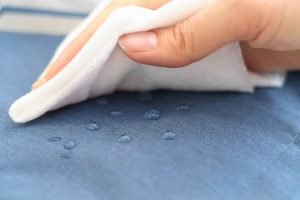
Machine Washing: If the care instructions allow for machine washing, follow these steps:
- Remove any cushions or inserts from the covers.
- Close any zippers or fasteners to prevent damage.
- Place the covers in the washing machine, ensuring not to overload it.
- Use a gentle cycle with cold water and a mild detergent.
- Avoid using bleach or harsh chemicals, as they can damage the fabric and its water repellent properties.
- After washing, air dry the covers thoroughly before putting them back on your outdoor furniture.
Hand Washing or Spot Cleaning: If the covers are not suitable for machine washing, follow these alternative methods:
- Hand wash the covers in a basin or tub using a mild detergent and cold water.
- Gently scrub any stains or soiled areas with a soft brush or sponge.
- Rinse thoroughly with cold water and allow the covers to air dry completely.
- For spot cleaning, use a gentle detergent and a soft brush or sponge to clean the affected areas. Rinse well and air dry.
Professional Cleaning: If you're unsure about washing outdoor furniture covers yourself or if they are particularly delicate or intricate, consider taking them to a professional cleaner who specialises in handling outdoor fabrics.
- Drying: After washing, air dry the covers whenever possible. Avoid using a dryer unless specifically instructed by the manufacturer, as high heat can damage outdoor fabrics. Hang the covers outside or lay them flat to dry.
- Storage: Ensure the covers are completely dry before storing them to prevent mould and mildew growth. Store them in a cool, dry place away from direct sunlight when not in use.
Whether you can machine wash outdoor furniture covers depends on the specific material and care instructions provided by the manufacturer. Some outdoor furniture covers are designed to be machine washable, while others may require hand washing or spot cleaning.
Can I use Decking Oil on Outdoor Furniture?
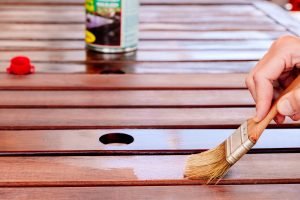
Yes, you can use decking oil on outdoor furniture, but it's important to consider a few factors before doing so.
Decking oil is typically designed for use on wood surfaces, such as decks, fences, and outdoor furniture. It helps to nourish and protect the wood, providing water resistance and enhancing its natural colour and beauty. However, not all decking oils are suitable for all types of wood or outdoor furniture.
Here are some considerations when using decking oil on outdoor furniture:
- Wood Type: Make sure the outdoor furniture is made of a type of wood that is compatible with decking oil. Common woods used for outdoor furniture include teak, cedar, eucalyptus, and shorea. These woods are often suitable for decking oil application.
- Preparation: Before applying decking oil, ensure that the outdoor furniture is clean and free of any dirt, dust, or previous coatings. You may need to sand the surface lightly to remove any rough patches or old finishes.
- Test Area: It's always a good idea to test the decking oil on a small, inconspicuous area of the furniture first to ensure compatibility and the desired outcome. This allows you to observe how the wood reacts to the oil and how the colour appears once it's applied.
- Application: Follow the manufacturer's instructions for applying the decking oil. Typically, you'll use a brush, roller, or cloth to apply the oil evenly to the wood surface. Allow the oil to penetrate the wood for the recommended time, then wipe off any excess with a clean cloth.
- Drying Time: Allow the decking oil to dry completely according to the manufacturer's instructions before using the outdoor furniture. This usually takes several hours to overnight, depending on environmental conditions.
- Maintenance: Periodically reapply decking oil to maintain the protection and appearance of the outdoor furniture. The frequency of reapplication will depend on factors such as weather exposure and use.
By following these guidelines, you can effectively use decking oil to protect and enhance the appearance of your outdoor furniture, extending its lifespan and maintaining its natural beauty.
What Material is Best for /Outdoor Furniture
Is Aluminium or Steel better for Outdoor Furniture?
Both aluminium and steel have their advantages and are commonly used for garden furniture. The choice between them depends on various factors, including durability, weight, style, and budget. Here's a comparison to help you decide:
Durability: Aluminium is naturally rust-resistant, making it highly durable for outdoor use. It won't corrode or rust, even when exposed to moisture and harsh weather conditions. Lightweight: Aluminium is lightweight compared to steel, which makes it easier to move around and rearrange your outdoor space. Low Maintenance: Aluminium furniture requires minimal maintenance. It doesn't need to be painted or coated with protective finishes, although some may be powder-coated for added protection and colour options. Style Options: Aluminium furniture comes in a wide range of styles and designs, from modern and sleek to traditional and ornate. Cost: Aluminium furniture tends to be more expensive than steel, but the investment may be worth it for its durability and low maintenance.
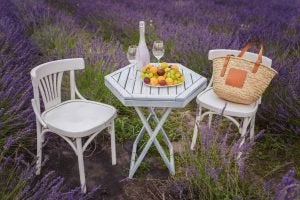
Strength: Steel is inherently stronger and heavier than aluminium, making it more suitable for heavy-duty applications and windy conditions. Weight: While the weight of steel furniture can be a disadvantage for some, it also provides stability and sturdiness, especially in windy environments where lightweight furniture may tip over. Finish Options: Steel can be finished with various coatings, including powder coating, which provides protection against rust and corrosion. However, without proper maintenance, steel furniture can rust over time, especially in humid or coastal areas. Style Options: Like aluminium, steel furniture comes in a variety of styles and designs to suit different preferences and outdoor aesthetics. Cost: Steel outdoor furniture is generally more affordable than aluminium, making it a budget-friendly option for those looking for durable outdoor seating and dining sets.
In summary, aluminium is better suited for those prioritizing lightweight, low-maintenance, and rust-resistant furniture, while steel offers strength, stability, and affordability. Consider your specific needs, style preferences, and budget when choosing between aluminium and steel outdoor furniture.
What is Best Wood for Outdoor Furniture
When selecting wood for garden table and chairs, it's essential to choose a species that can withstand the elements and resist rot, decay, and insect damage. Some of the best woods for outdoor furniture include:
Teak: Teak is often considered the gold standard for outdoor furniture due to its natural resistance to water, insects, and rot. It contains natural oils that help protect it from moisture and decay, making it highly durable and long-lasting. Teak has a beautiful golden-brown colour that weathers to a silver-grey patina over time if left untreated. Cedar: Cedar is another excellent choice for outdoor furniture, known for its natural resistance to rot, decay, and insects. It has a pleasant aroma and is lightweight, making it easy to move around. Cedar's reddish-brown colour weathers to a silvery-grey hue over time if left unfinished. It's commonly used for outdoor benches, tables, and Adirondack chairs. Eucalyptus: Eucalyptus is a dense hardwood that is well-suited for outdoor use. It offers natural resistance to decay and insect damage and has a beautiful grain pattern. Eucalyptus furniture can be left unfinished to develop a silvery-grey patina over time, or it can be treated with oil to maintain its original colour. Redwood: Redwood is prized for its natural beauty and durability, making it a popular choice for outdoor furniture. It has excellent resistance to rot, decay, and insect damage, thanks to its high natural oil content. Redwood furniture can be left unfinished to weather to a silver-grey colour or sealed to preserve its reddish-brown hue. Shorea (Meranti): Shorea is a tropical hardwood known for its durability and resistance to rot and decay. It's similar in appearance and properties to teak but is often more affordable. Shorea furniture can be left untreated to develop a silver-grey patina or treated with oil to maintain its rich reddish-brown colour.
When selecting wood for garden furniture, it's essential to choose sustainably sourced materials and consider the local climate and environmental conditions. Proper maintenance, such as regular cleaning and sealing, can also help prolong the life of outdoor wooden furniture regardless of the wood species chosen.
How to Keep Flies Off Outdoor Furniture
To keep flies off outdoor furniture, several methods can be employed. One effective approach is to use natural repellents such as citronella candles or essential oils like lavender, eucalyptus, or peppermint, which flies find unappealing. Placing bowls of vinegar or apple cider vinegar near the furniture can also deter flies due to their strong odour. Additionally, keeping outdoor areas clean and free of food debris or standing water can help minimize fly attraction. Regularly emptying trash bins and cleaning up spills can further discourage flies from congregating around outdoor furniture. Finally, utilizing physical barriers such as mesh screens or netting around seating areas can prevent flies from landing on furniture surfaces. Combining these methods can create an inhospitable environment for flies and enhance outdoor enjoyment.
If you're looking for Second-hand Garden Furniture, Click Here.


